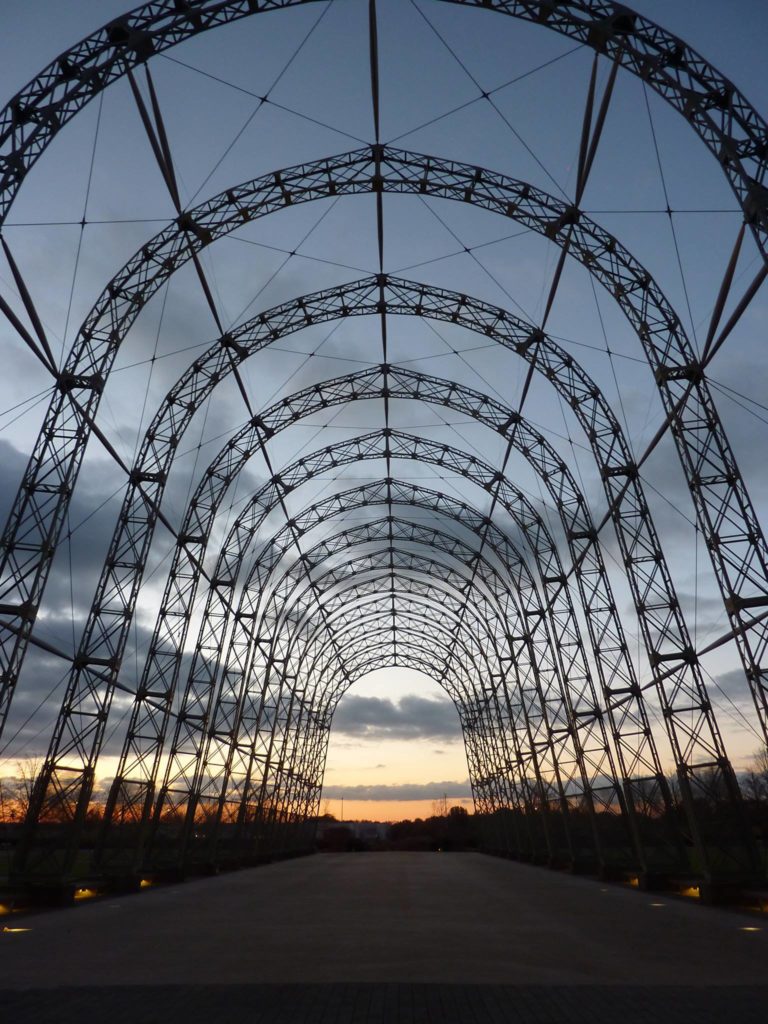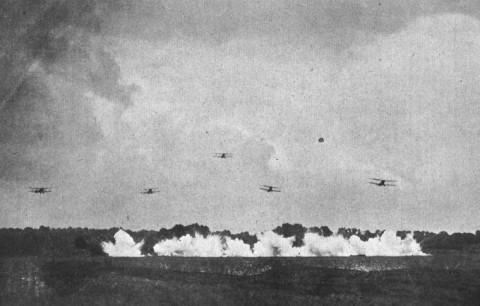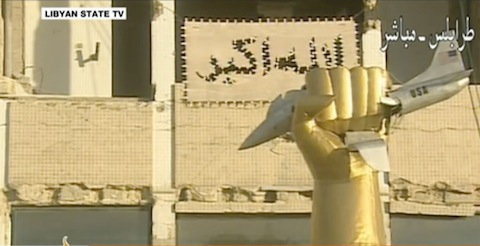Don’t let’s be beastly to the RAF — II
In the previous post I looked at Nigel Biggar’s use of the Berlin Airlift and Richard Hillary in his paean to the RAF. Now I will look at his other argument in Providence, that ‘In the past 100 years then, the Royal Air Force has made a vital contribution to the military defense of the […]





